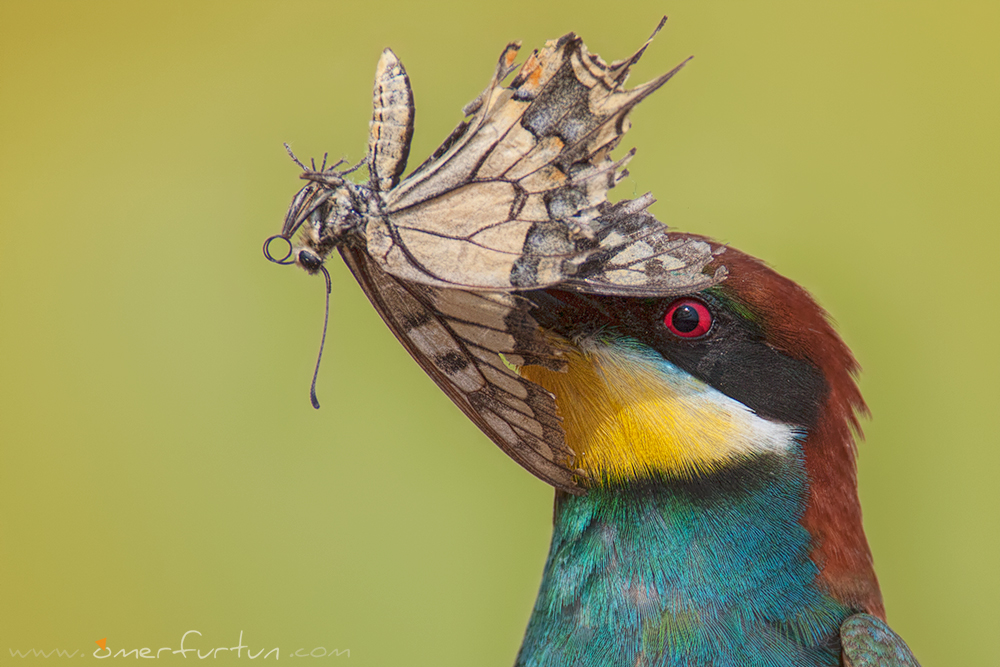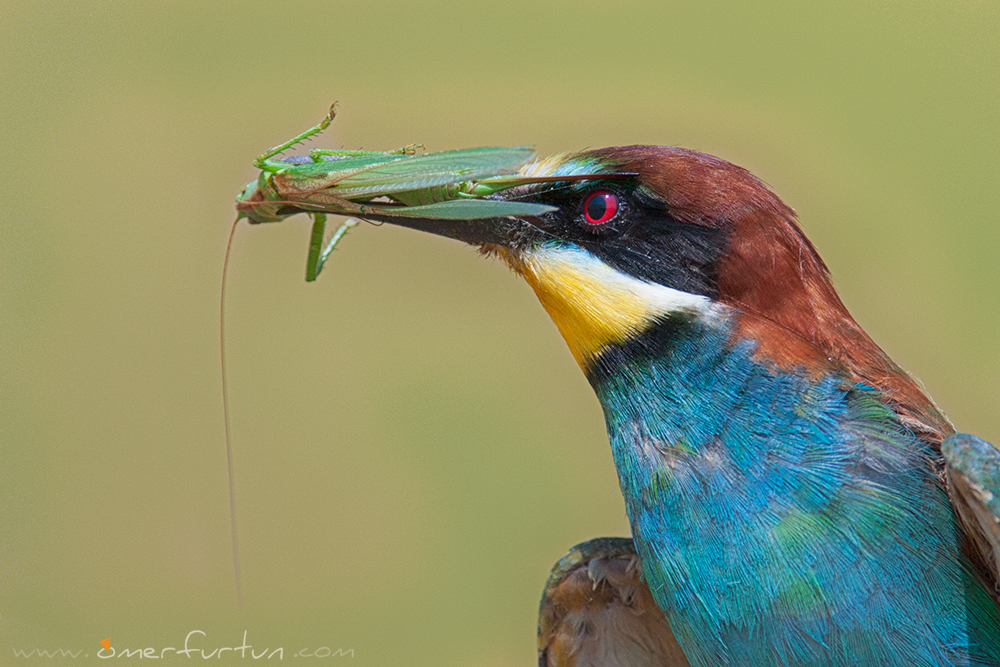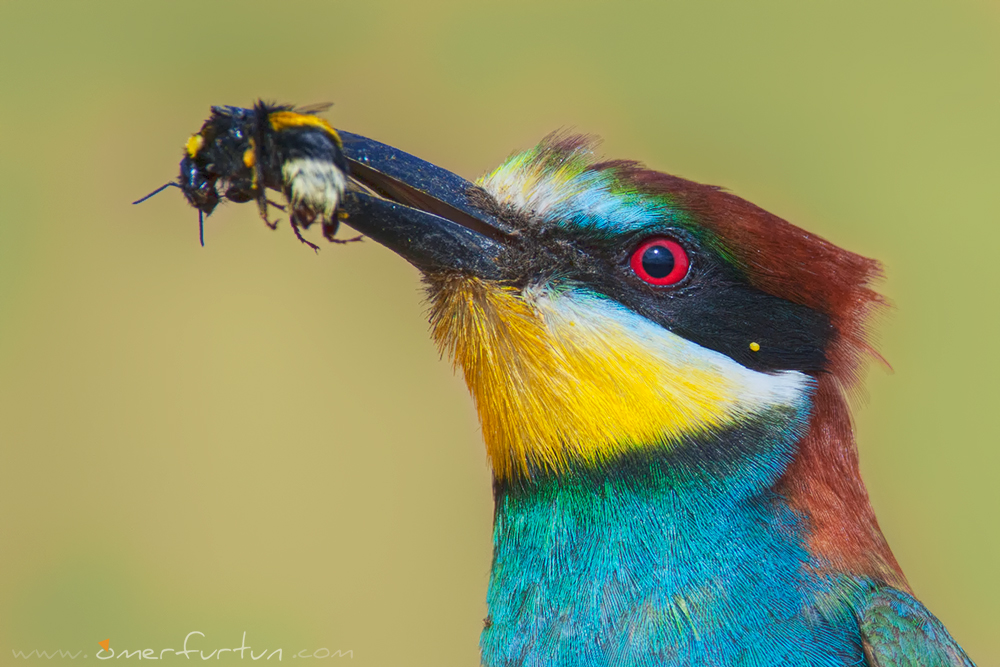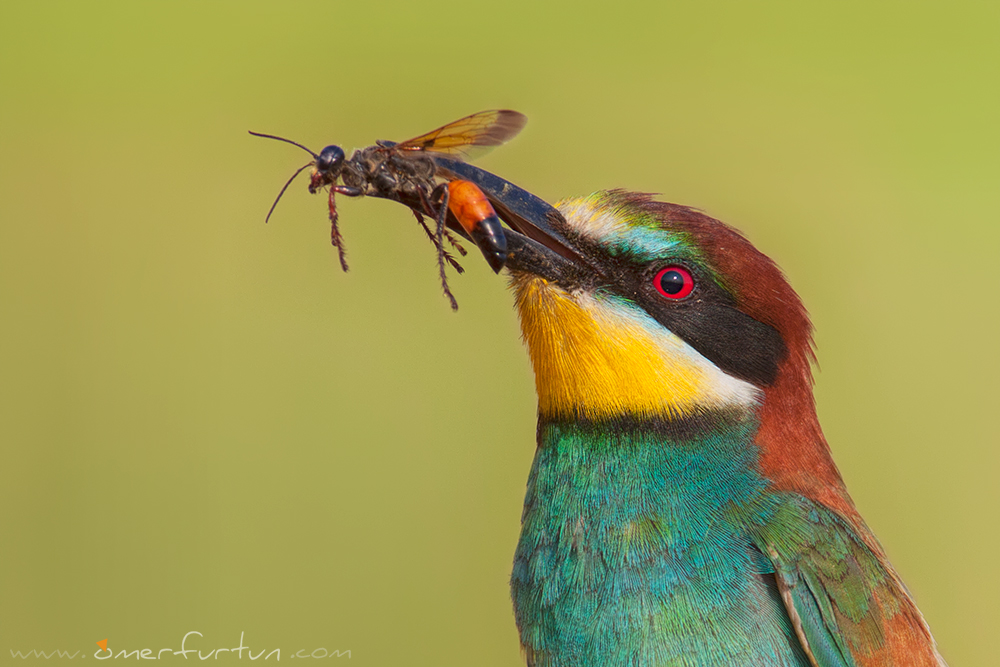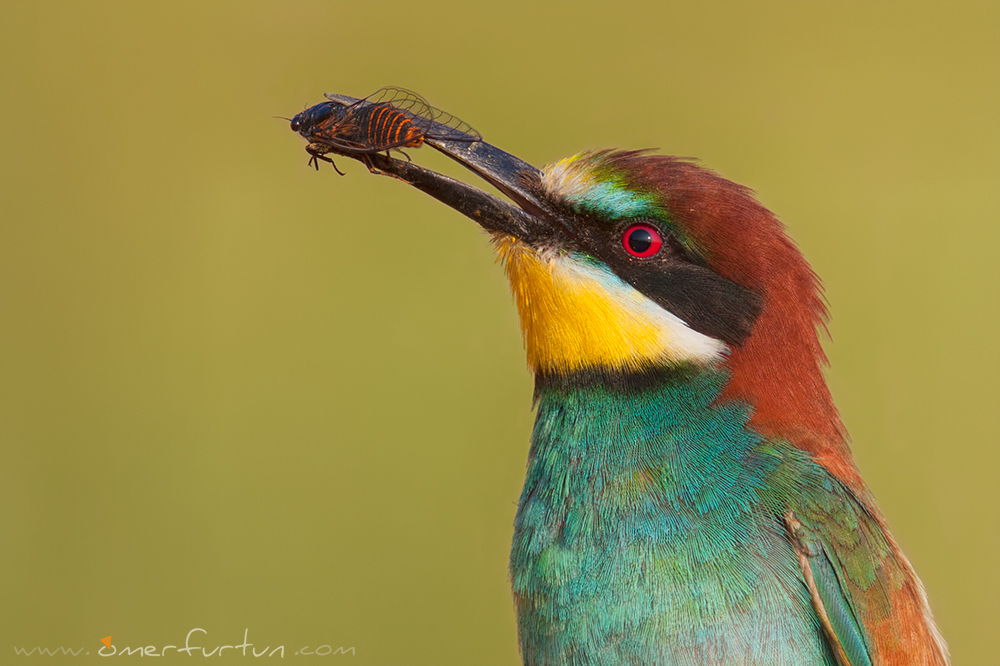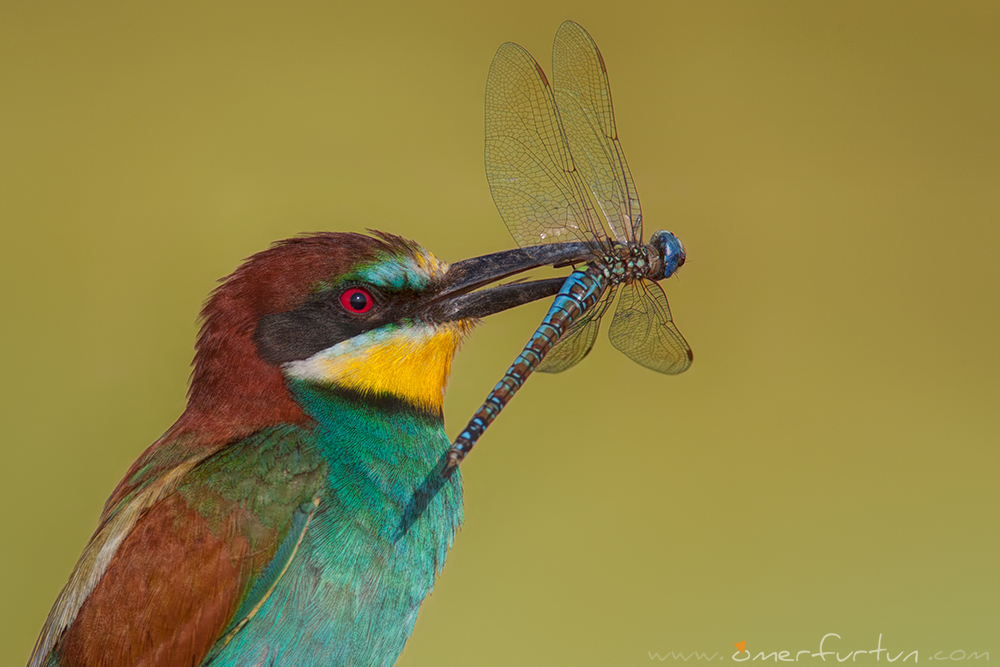Root of an Oleander!
Grasshopper roast, pan-fried cicada eggs, butterfly dessert, bee pilaki, fly soup... As the world's population is expected to reach nine billion in the next thirty years, scientists and gastronomists have turned their full attention to alternative food sources—namely, insects. The nutritional content of creatures like grasshoppers, ants, and worms has already been analyzed: vitamins A, B, and C, calcium, phosphorus, iron, magnesium, and plenty of Omega-3.
The days when we might ask, "Why isn't there a fly in this soup?" don't seem too far off.
African cuisine is no stranger to grasshoppers, various larvae, and caterpillars. In Asia, particularly in China, insects are widely consumed. Over the past decade, gourmet shops have started offering these critters in flashy packaging, introducing them to Western cuisine.
Mankind's newfound interest in insects might not bode well for birds. Once grateful that humans were squeamish enough to jump onto chairs at the sight of a bug, birds may soon find themselves struggling to distinguish between genetically modified farm-bred insects and their natural counterparts. And the prospect of encountering insect species ten times their own size? Just another twist of fate.
Bee-eaters, known for their exceptional skill in catching winged insects mid-air and their rich insect-based diet, are in for tough times.
Some environmentalists argue that insect farming would be less harmful to the environment compared to current meat production. However, given humanity’s notorious greed, it seems inevitable that the ecosystem will come under threat.
Feeding nine billion people through natural foraging is impossible. There’s nothing mankind won’t do to cut costs and increase efficiency in production. Industrially farmed, genetically modified insects will undoubtedly yield different results compared to the wild-caught specimens whose nutritional values are currently being measured. Just as we now ask, "Is this sea bass farm-raised?", we may soon find ourselves questioning the origins of our worms.
When the bee-eater encounters enormous, hormone-fed locusts, it will stare in bewilderment—just like the elderly woman who, upon visiting the city market for the first time after moving from her village, stopped in front of a stall overflowing with cucumbers and asked, “Don’t you have any cucumbers, son?” And when the vendor, puzzled, responded, “Mother, they’re right in front of you!”, she could only stand there in shock, gazing at the monstrous, artillery-shell-sized cucumbers that barely resembled the ones she knew.
My mother used to say, "Eat the Root of an Oleander!" whenever we turned up our noses at the food put in front of us. She often spoke of this dish, yet she never actually made it. Looks like “Oleander” is finally making its way to our grandchildren’s dinner tables.

*The title comes from the Turkish expression “Zıkkımın Kökünü ye!” The exact translation is "Eat the root of an oleander." Oleander is called "zakkum" in Turkish, but in this idiom, it is pronounced as "zıkkım," a dialectal variation. Since oleander is poisonous, this phrase is used as a mild or playful insult, often directed at someone who is extremely picky about food or refuses to eat what is offered. However, it is not meant as a serious insult—it’s more of a teasing remark.
In English, a similar phrase might be "Eat dirt!", something a frustrated parent might say to a child who refuses to eat their meal. Just like "Eat dirt!", "Zıkkımın kökünü ye!" expresses exasperation in a humorous way rather than actual hostility.
I hesitated a lot about whether to use the title "Eat Dirt" in the English version. In the end, I decided to keep the original idiom and explain its meaning.



